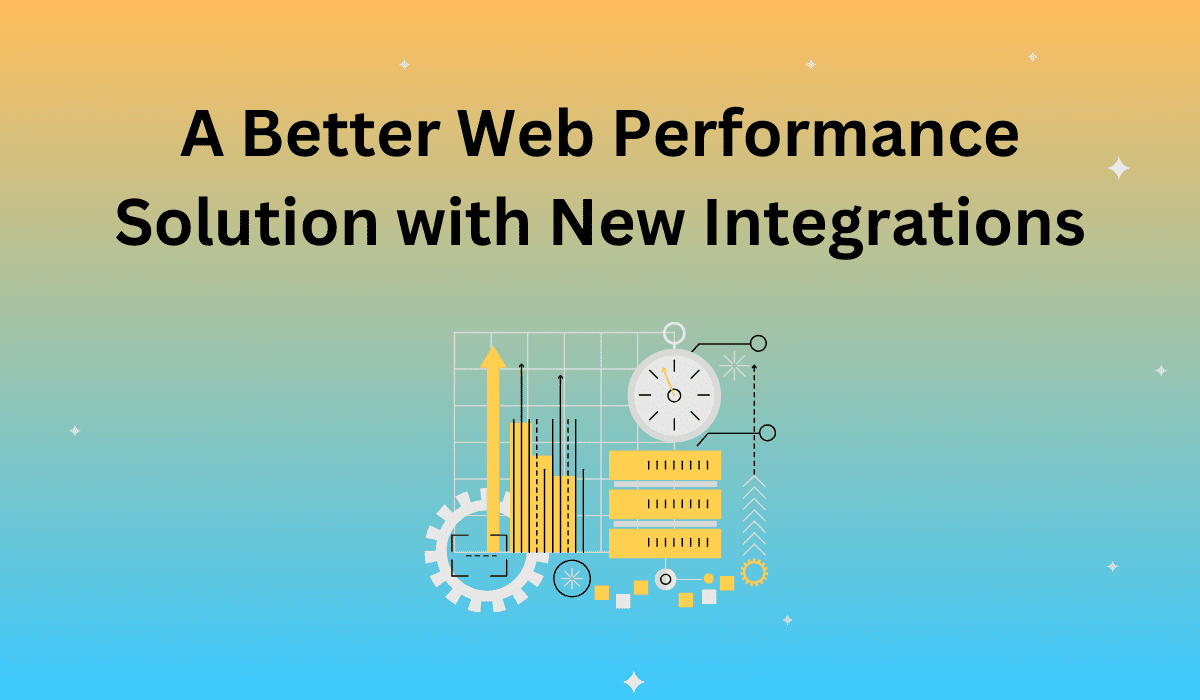Web Performance and Application Performance Monitoring: Two Solutions, One Common Goal
In the simplest terms, Web Performance Monitoring (WPM) is an external process for monitoring web applications, while Application Performance Monitoring (APM) is an internal one. The two services can be used independently to monitor the performance of external or internal application components, but integrating these two processes provides the ultimate performance monitoring operation for any web application.
Web Performance Monitoring solutions help to monitor business transactions initiated by real or synthetic users from browsers across different geographical regions. In other words, they monitor the end user’s experience as a product of site performance and usability.
Application Performance Monitoring solutions, on the other hand, monitor application infrastructures. Whether the application features physical, virtual, wired, or wireless infrastructures, an APM solution monitors these components to help isolate problem sources should anything break.
The goal of both solutions, however, is to ensure that all end users experience a site or application as it is meant to be experienced, and to help pinpoint and repair errors (whether those be internal or external) that result in the interruption of critical business processes.
When both WPM and APM are integrated, you can essentially combine the inner view and outer view of your application — and reap the benefits.
What are some of these benefits? Let’s take a look.
Integrating WPM and APM:
-
Provides a comprehensive and consolidated performance view to support critical business processes, and thus, more effectively protect your revenue and brand.
- Drill down from a synthetic test into APM data to quickly diagnose the root cause of performance concerns.
-
Helps to isolate the root cause of any performance issues quickly in both pre-production and production environments.
-
Supports the resolution of those issues by offering detailed feedback, including browser snapshots, that reflect the user experience.
-
Allows you to trace complex and distributed transactions efficiently across all components of an application.
-
Provides a combined real time visibility into performance. (Real time visibility covers both the user experience and the code-level execution.)
-
Provides a single dashboard view of the code analysis and the end user experience, correlating the external browser metrics with the internal application metrics in a single, easy-to-read dashboard.
-
Provides easy visibility into the following areas during user transactions:
-
Memory leaks
-
Code issues
-
Slow execution of database queries
-
Infrastructure weaknesses
-
Slow responses from third party components/web services
-
End user experiences
Ready to take advantage? Apica offers an integrated platform consisting of Apica’s synthetic WebPerformance Monitoring solution and AppDynamics Application Performance Monitoring platform. This “ultimate performance partnership” provides a comprehensive view of performance, including both the end user experience and all the inner workings of the application.
A similar integration platform with APM provider New Relic is also available inside Apica LoadTest.
Apica offers the solution as a SaaS or custom on-premise application to fit your needs.


